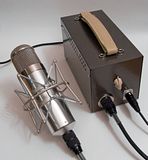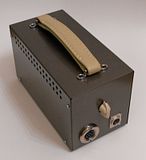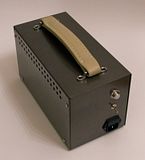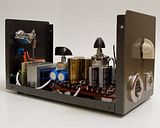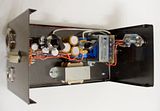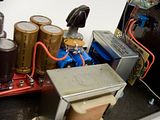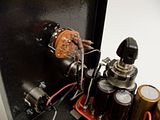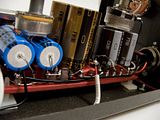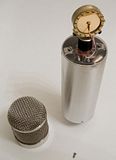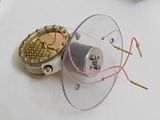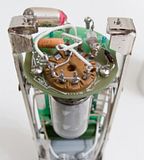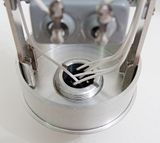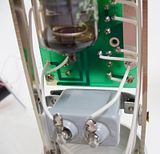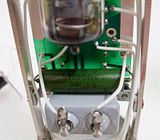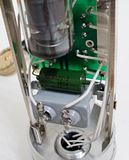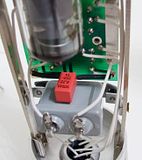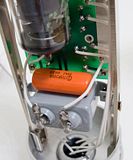I tried the following output caps...
0.51uF Russian PIO
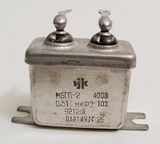
0.47uF Russian PIO green meanie

0.22uF Russian PIO green meanie

0.22uF WIMA polypro
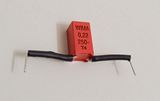
0.15uF Orange Drop Polypro

These are just what I happened to have in my parts drawers.
I found that not only did these caps I tested have an effect on the lows but also the highs.
I tended to like the larger values better.
I liked the 0.51uF PIO best.
The 0.51 cap resulted in a noticeably smoother high end while providing a solid foundation.
I've heard a lot of people talk about certain microphones sounding "more real," "closer," or even "larger than life".
It wasn't until I put that silver 0.51uF PIO cap in there that I really experienced that type of performance from a microphone.
I feel very excited about this mic!
The WIMA sounded quite good, but produced brighter highs than I care for, but some people might prefer that.
I'd like to hear what a larger value WIMA would sound like...I would probably like it.
The green meanies were okay, but the WIMA and the silver PIO were noticeably better to my ears.
The 0.47uF green meanie was better sounding than the 0.22uF.
The orange drop was probably the bottom of the list, but, again, I would like to hear a larger value like 0.5uF.
I did my preliminary listening tests with vocals only, in several styles...speech—proximity test—country, pop, & rock vocals.
Once I settled on the 0.51uF cap, I tested acoustic guitar.
The bottom end was overpowering and boomy.
I then switched the preamp from Jeff's VP25 (API) to a Neve BA283-style (tweaked gain stages), and then the acoustic really came to life—sounded fantastic.
So, don't forget the importance of the preamp when testing these things.




